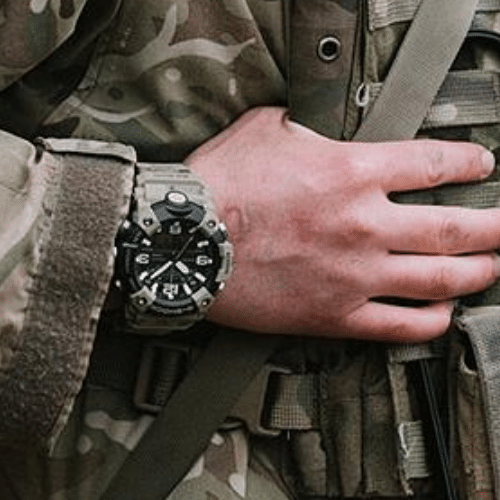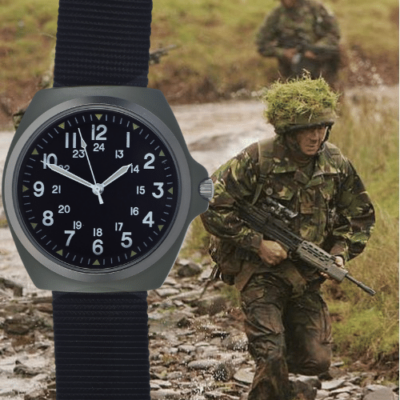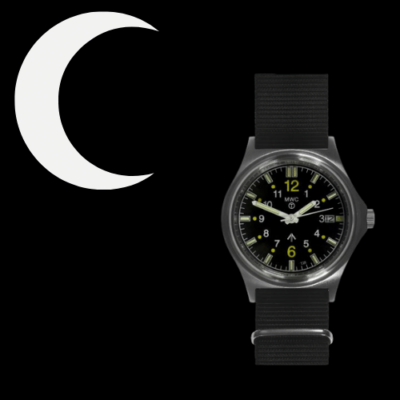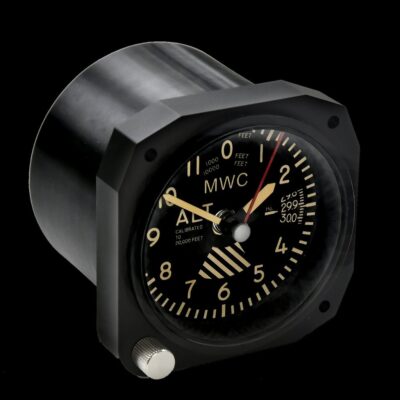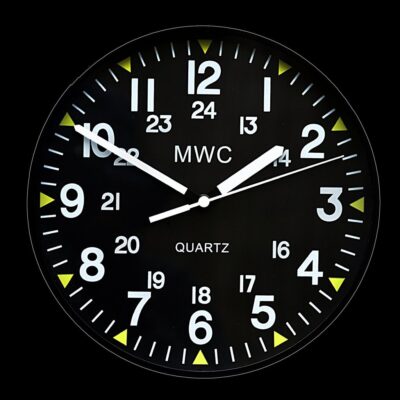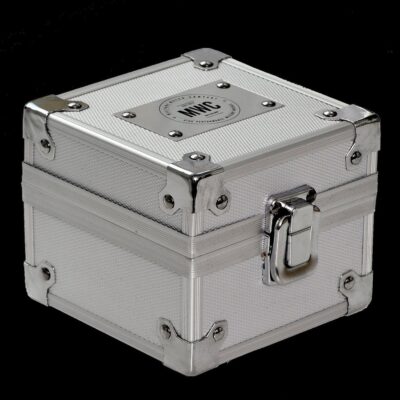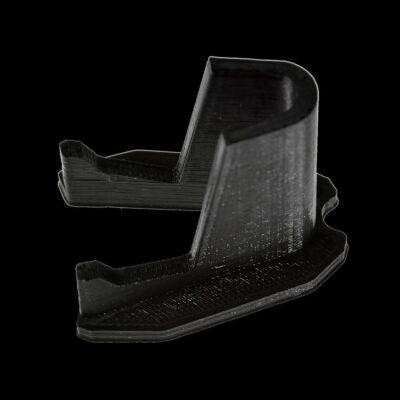News
New Details on British Plans to Prioritise F-35s While Scrapping Eurofighters
The British Ministry of Defence is proceeding with plans to procure F-35A fighter aircraft from the United States for nuclear strike roles, while phasing the locally built Eurofighter out of service despite significant lobbying efforts from local industry. In contrast to France, which has refused to procure the more advanced fifth generation F-35 and relied solely on its own closely related analogue to the Eurofighter, the Rafale, and Germany which has hedged between the two options and expanded orders for both the F-35 and the Eurofighter, the United Kingdom has ended Eurofighter procurements and begun to phase the aircraft out of service, while investing heavily in the F-35 program. The decision to end Eurofighter procurements was first reported in November 2024, with the fighter having consistently been evaluated by export clients from South Korea and Singapore to Finland and Belgium to be uncompetitive against the F-35 despite the similar costs of both aircraft.

The United Kingdom’s prioritisation of F-35 procurements is expected to provide it with a significantly more capable combat fleet than France or Germany, with the French Air Force in particular expected to be unable to move past a fourth generation technology level until the 2050s due to its reluctance to purchase American fighters, leaving its fleet increasingly far behind. Elaborating on the need for the F-35, and plans to keep the remaining Eurofighter fleet from becoming obsolete through upgrades, Minister for Veterans and People at the Ministry of Defence Alistair Scott Carns observed: “We set out in the SDR [Strategic Defence Review] that the RAF’s [Royal Air Force] future lies in accelerating its adoption of the latest technology and innovation, and setting the pace for warfighting as the leading European air force. The Typhoon is central to delivering control of the air for the RAF and is undergoing a comprehensive set of upgrades to deliver operational advantage to meet evolving threats.”
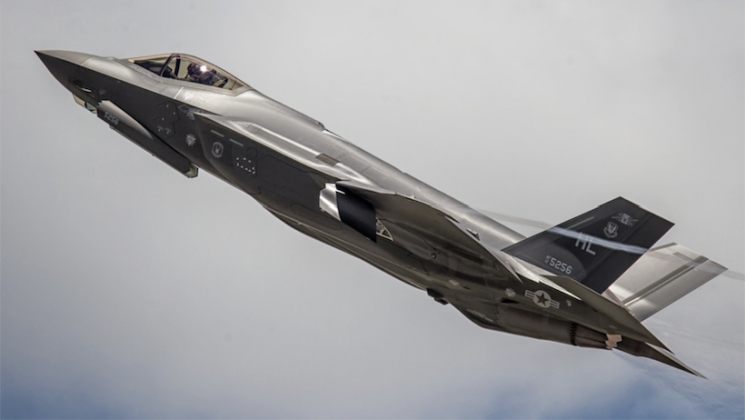
A leading shortcoming of the Eurofighter is its reliance on the Captor mechanically scanned array radar which has long since been considered obsolete. The program was the last in the world alongside the Swedish Gripen to move away from such radars towards using electronically scanned array radars in the early 2020s. Elaborating on plans to modernise the Eurofighter fleet, which includes integration of the new Captor-E electronically scanned array radar, Carns stated:
“The Typhoon will continue to underpin our combat air capability into the 2040s; it and the F-35 Lightning form an interoperable, complementary and extremely potent mix of UK combat aircraft. That means that the Government will continue to make significant investments in the Typhoon through-life programme, with the new electronically scanned radar programme alone underpinned by a £3 billion investment. This programme with our Eurofighter partner nations is on track for delivery in the next decade and will continue to sustain 600 jobs across the UK, including in Edinburgh.”
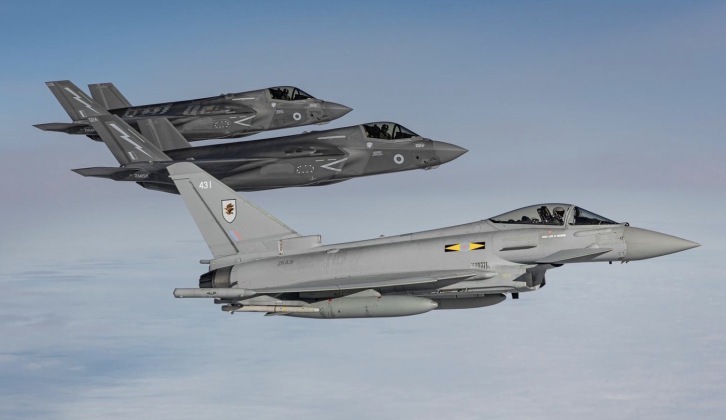
The British Ministry of Defence in September confirmed plans to continue withdrawing Eurofighters service, while releasing figures for planned scrapping o the aircraft. Defence Minister Maria Eagle at the time confirmed that the first Eurofighters procured, the Tranche 1 aircraft, would all be retired by 2027, followed by the retirement of both Tranche 2 and Tranche 3 aircraft by 2040. Competition from the F-35A was considered a primary factor ensuring that the Ministry of Defence would not place orders for Tranche 4 or Tranche 5 fighters. Plans to procure the F-35A were first confirmed in June 2025. Eagle stated: 26 of the 30 Tranche 1 Typhoon aircraft have been scrapped as of 1 July 2025; this equates to 87% of the Tranche 1 fleet.” The remaining Tranche 1 fighters are to leave service within the next two years. She noted that only four Tranche 1 aircraft are currently in service, as well as 67 Tranche 2 and 40 Tranche 3 aircraft, for a total of 111.

